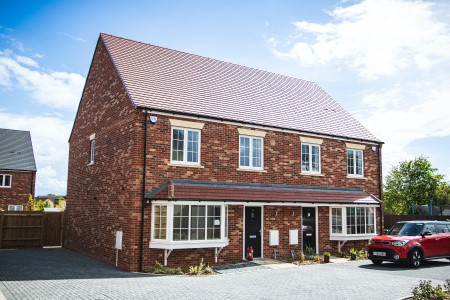Case ScenariosCase Studies - Bridge Fusion
Case studies
Case ScenariosCase Studies - Refurbishment & Permitted/Light Development
Getting Ahead of a New Staycation Hotspot With Rapid Refurbishment Finance
Read case studyCase ScenariosCase Studies - Semi Commercial/Commercial
Bridging solutions for short-lease investment opportunities
Read case studyCase Scenarios
A bespoke way forward for a portfolio transition involving a share purchase agreement
Read case studyCase Studies - Bridge Fusion
Adjusting to a borrower’s changing circumstances with Bridge Fusion funding
Read case studyCase Studies - Refinance
Ensuring Our Funding Was Segmented Effectively for a Multifaceted Deal
Read case studyCase ScenariosCase Studies - Complex Loans
Bridging Finance to Help Organise Potential Inheritance Issues
Read case studyCase ScenariosCase Studies - Buy-to-Let Mortgages
Using Rolled-Up Interest to Boost the ICR and Find a Way Forward
Read case studyCase Studies - Refurbishment & Permitted/Light Development
Taking a 2nd charge for a renovation project
Read case studyCase ScenariosCase Studies - Auction FinanceCase Studies - Buy-to-Let Mortgages
Delivering auction finance quickly for a first-time landlord
Read case studyCase ScenariosCase Studies - Bridge FusionCase Studies - Developer Exit
The Bridge Fusion route for longer-term development exit
Read case studyCase ScenariosCase Studies - Bridge Fusion
Supporting a Young Business with Our Bridge Fusion Product
Read case studyCase ScenariosCase Studies - Bridge Fusion
Assisting a First-Time Landlord with a Commercial Investment
Read case studyCase Studies - Refinance
Back Up Exit Strategies and Unearthed Arrears in the Legal Stage
Read case studyCase ScenariosCase Studies - Buy-to-Let Mortgages
Helping a Client Recover from Mortgage Arrears on a Buy-to-Let Property
Read case studyCase ScenariosCase Studies - Buy-to-Let Mortgages
A first-time landlord requires careful assessment
Read case studyCase Studies - Commercial BTL Mortgages
Tailored Commercial Finance Solutions for Structural Set Ups Like OpCos/PropCos
Read case studyCase ScenariosCase Studies - Commercial BTL Mortgages
The Business World Can Present Unique Challenges – But We’re Ready for Them
Read case studyCase Studies - Buy-to-Let Mortgages
Overcoming Adverse Credit Issues for a Complicated Refinance Deal
Read case studyCase ScenariosCase Studies - Refurbishment & Permitted/Light Development
Utilising Specialist Finance to Overcome Commercial Conversion Challenges
Read case studyCase ScenariosCase Studies - Auction Finance
Auction Finance for Property Investor’s Reactions to New Local Authority Legislation
Read case studyCase ScenariosCase Studies - Residential & Buy-to-Let
Funding Issued Within a Week for a First Time BTL Landlord
Read case studyCase ScenariosCase Studies - Refinance
Raising Capital for a Business Which has Fallen on Hard Times
Read case studyCase Studies - Bridge Fusion
Bridge Fusion Support for a Mixed-Use Property Bought at Auction
Read case studyCase Studies - Bridge Fusion
A Bridge Fusion Solution for a Property Investor With a Complicated Background
Read case studyCase Studies - Bridge Fusion
Using a Bridge Fusion Loan For a Property Investor Facing a Tight Deadline
Read case studyCase Studies - Residential & Buy-to-Let
Immediate and Long-term Challenges Threaten to Derail a Residential BTL Investment
Read case studyCase Studies - Commercial BTL Mortgages
Adjusting to a Client’s Complex Schedule for a Commercial BTL Mortgage
Read case studyCase Studies - Residential & Buy-to-Let













